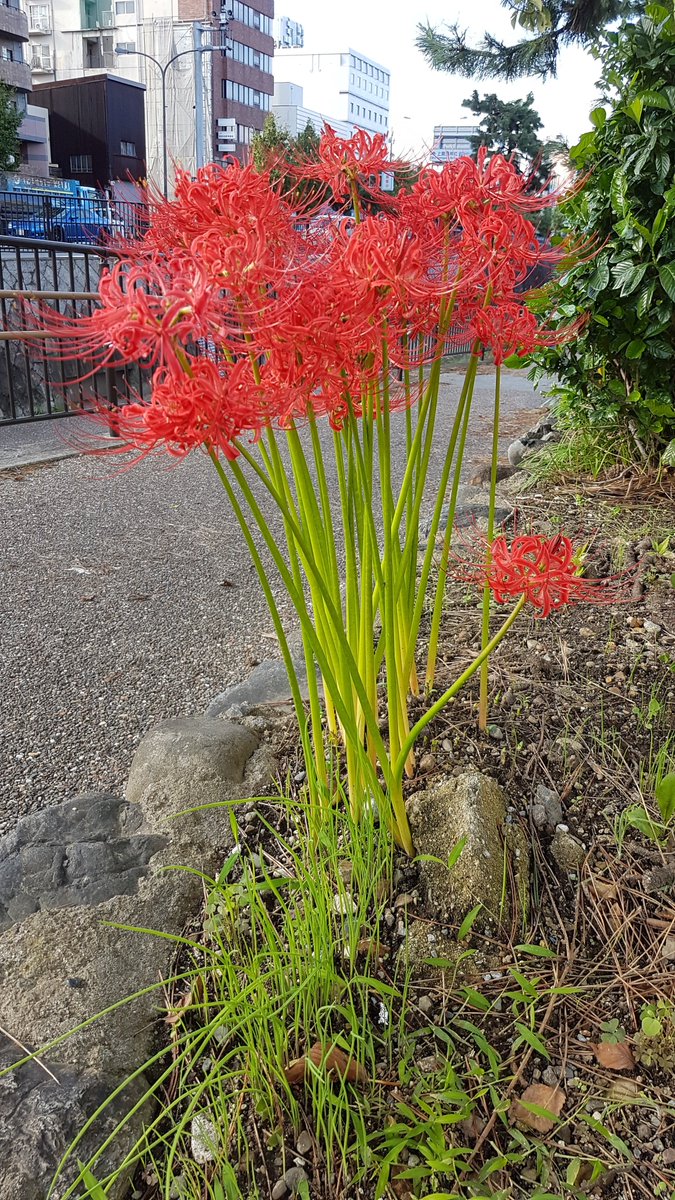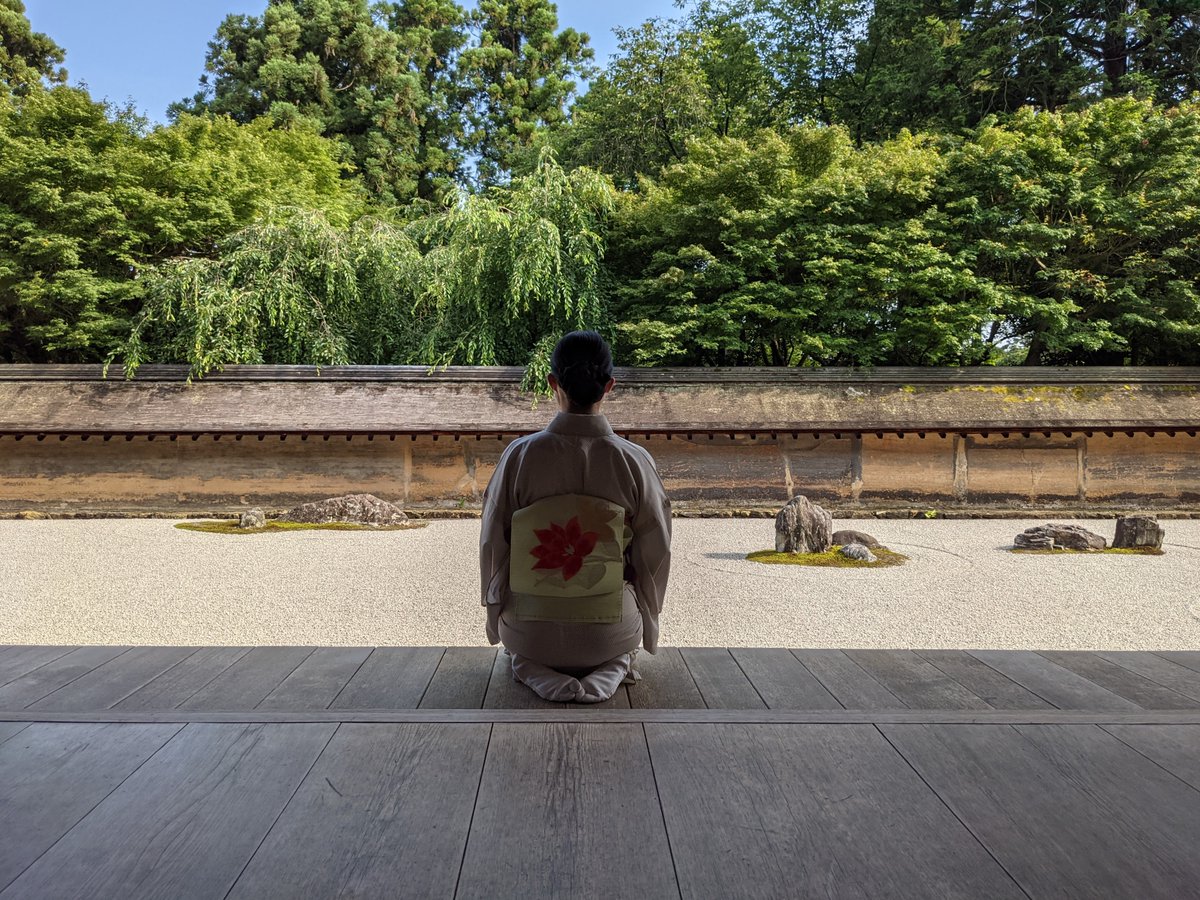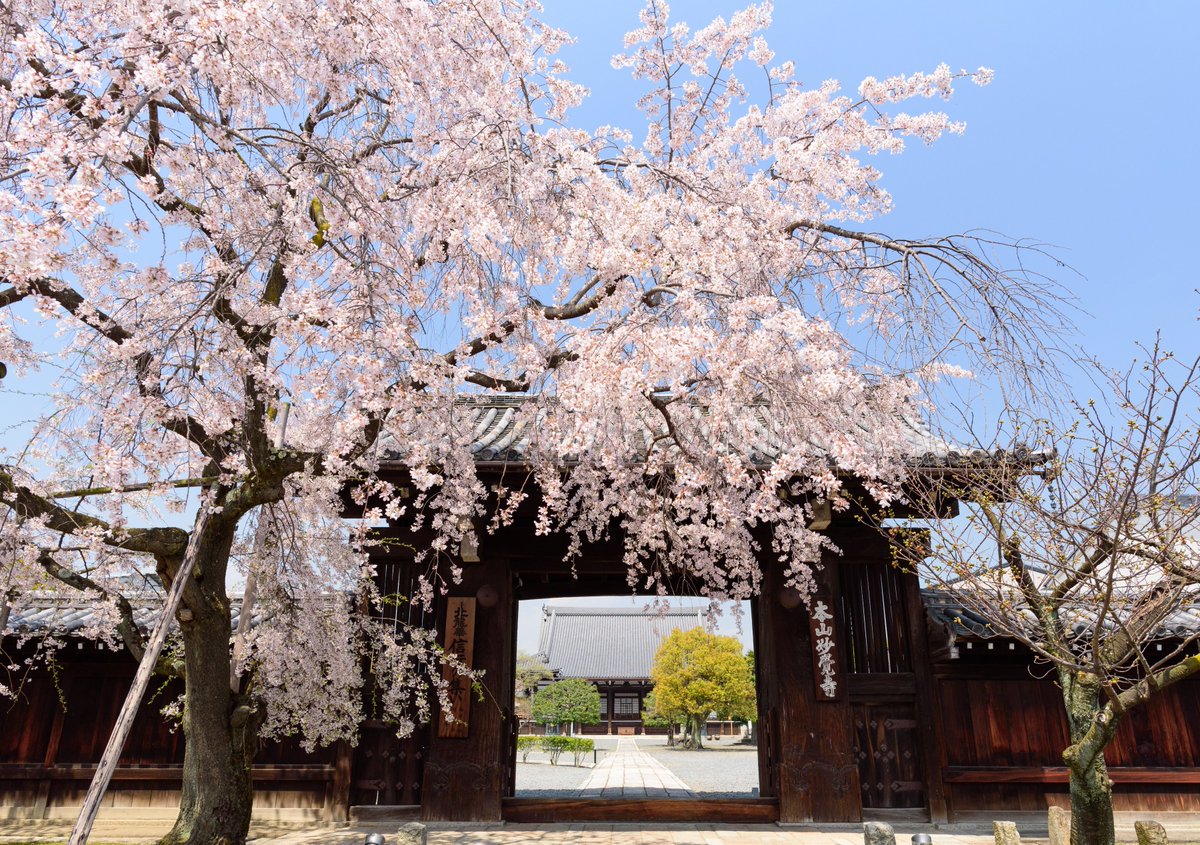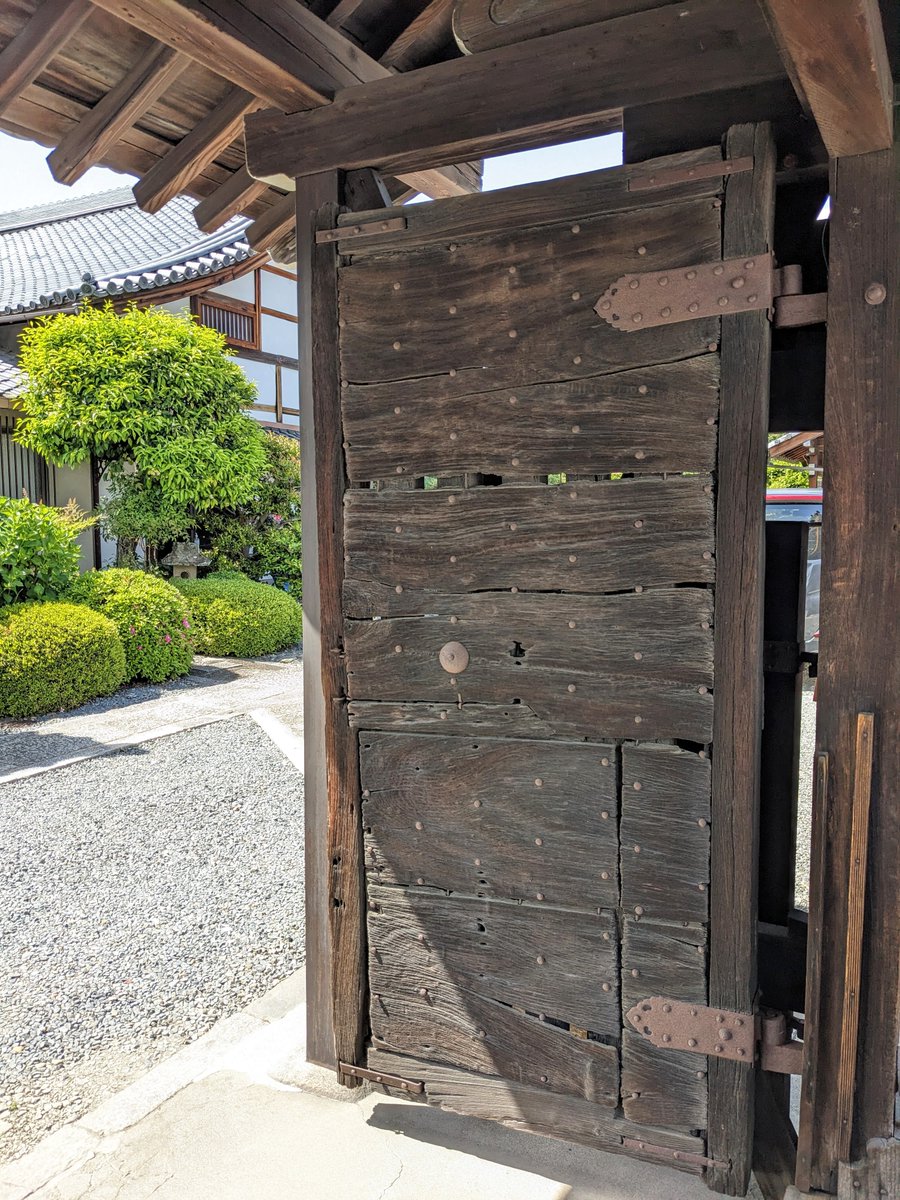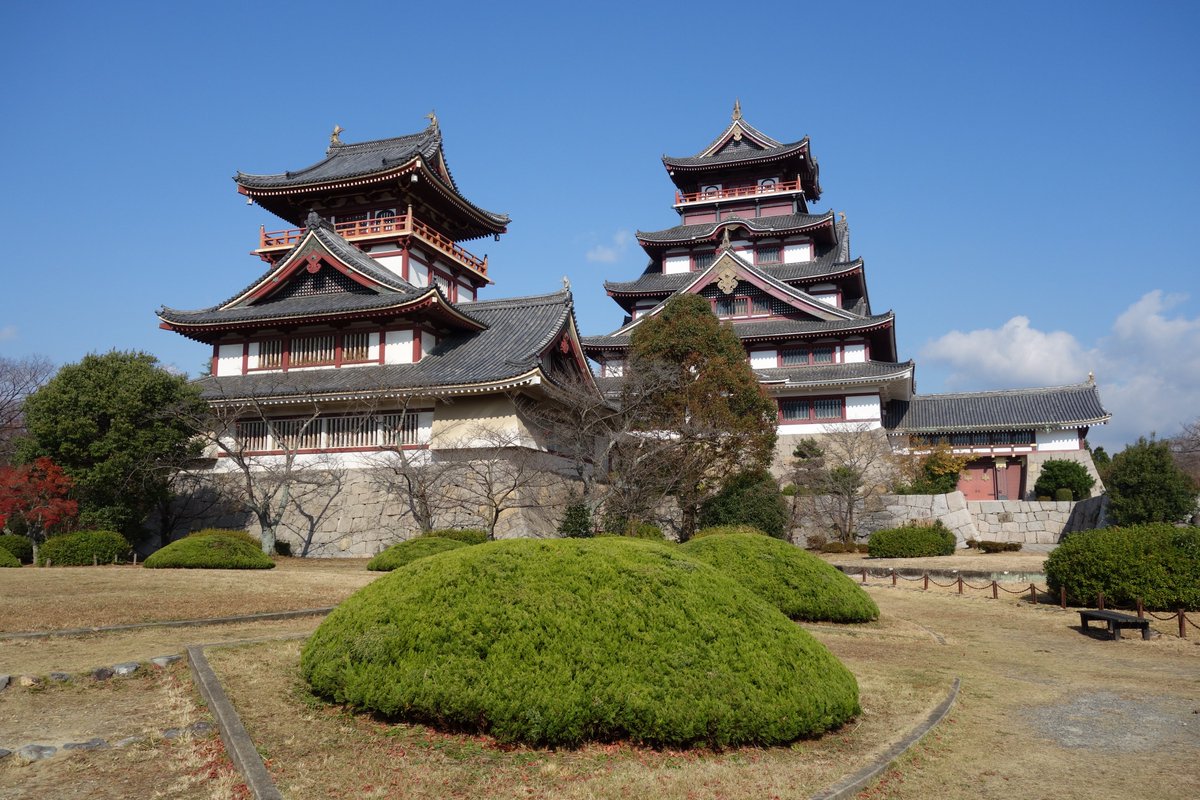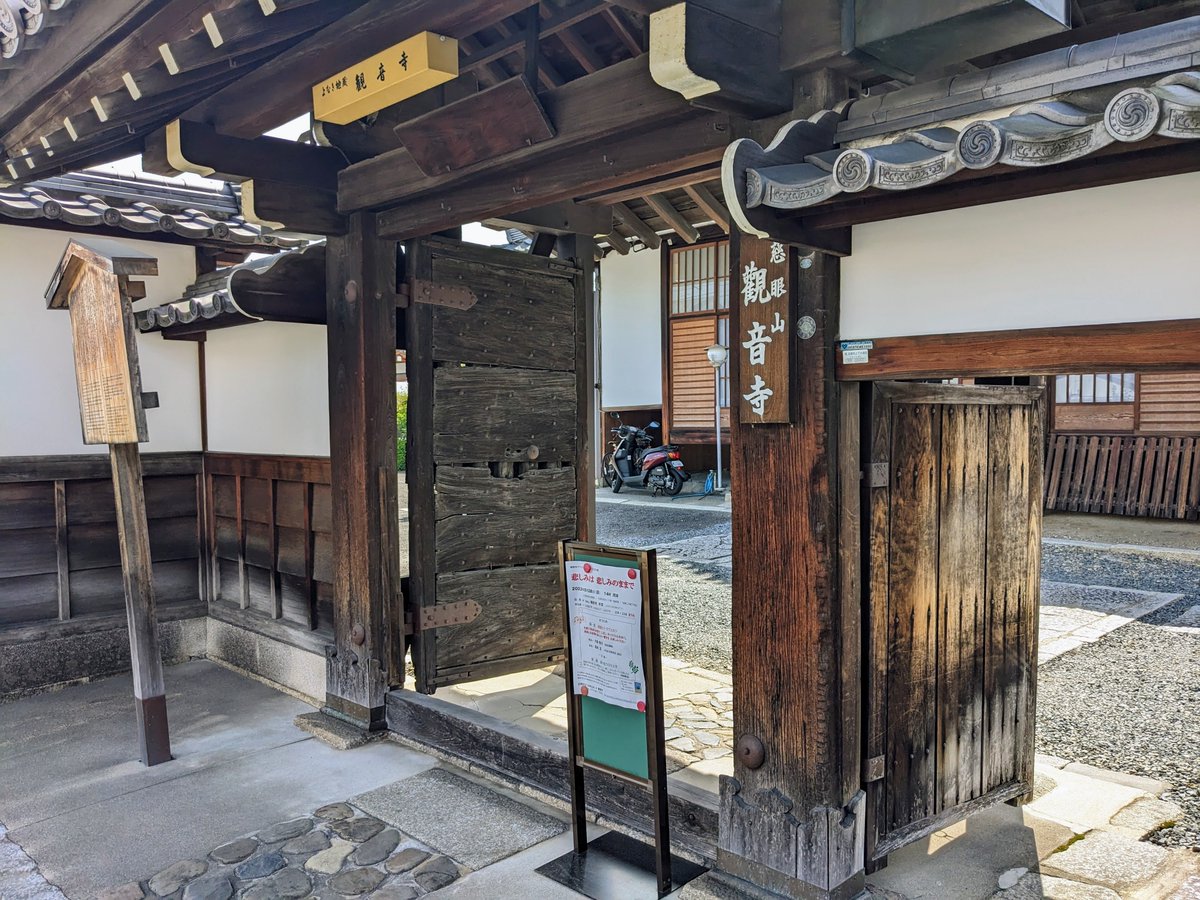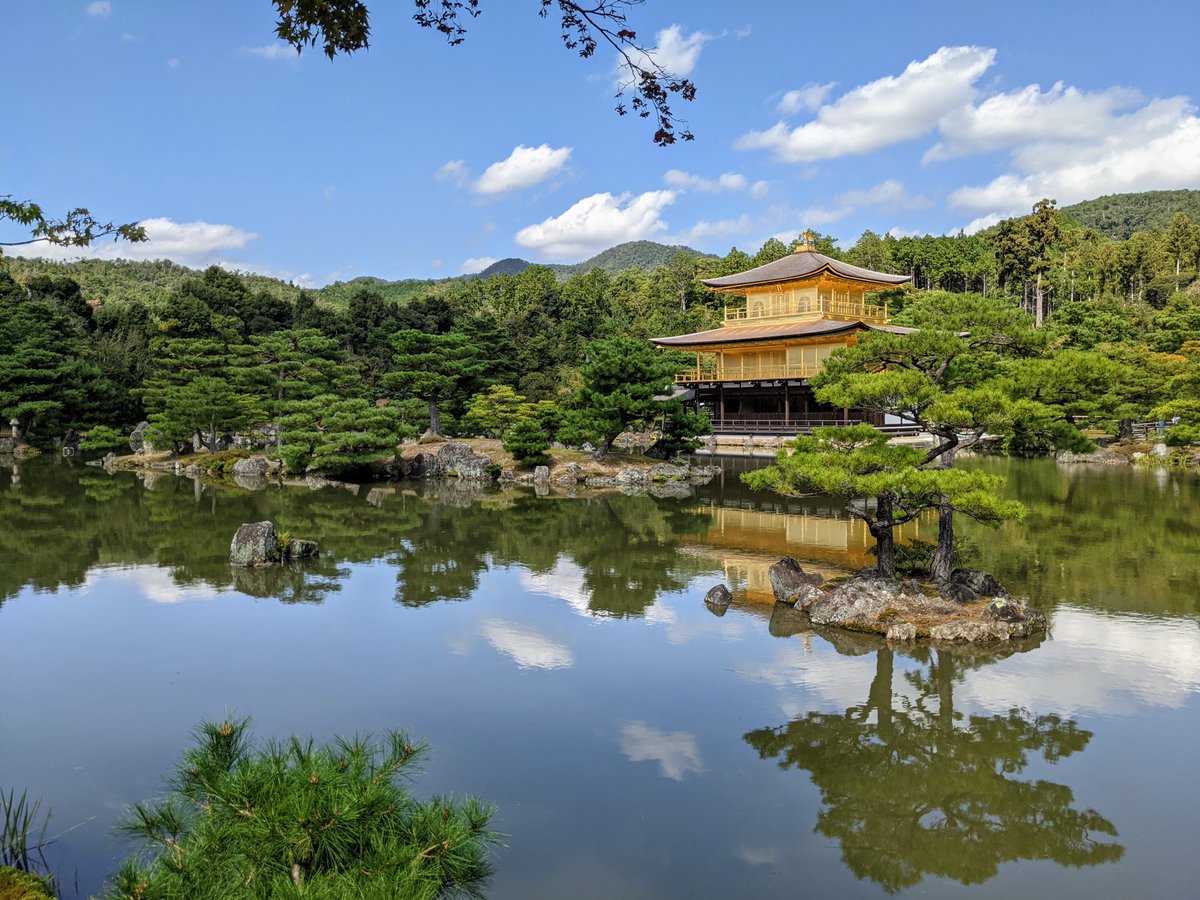🪟WINDOW TO AUTUMN🍁
The great leaf change is almost upon us, and the countdown to 'momijigari' (紅葉狩り 'autumn-leaf viewing') has begun.
back window-
the deer strikes a pose
the dog sleeps
うら窓や鹿のきどりに犬の寝る
-Kobayashi Issa (小林一茶), 1820.
Trans. David G. Lanoue.



The great leaf change is almost upon us, and the countdown to 'momijigari' (紅葉狩り 'autumn-leaf viewing') has begun.
back window-
the deer strikes a pose
the dog sleeps
うら窓や鹿のきどりに犬の寝る
-Kobayashi Issa (小林一茶), 1820.
Trans. David G. Lanoue.
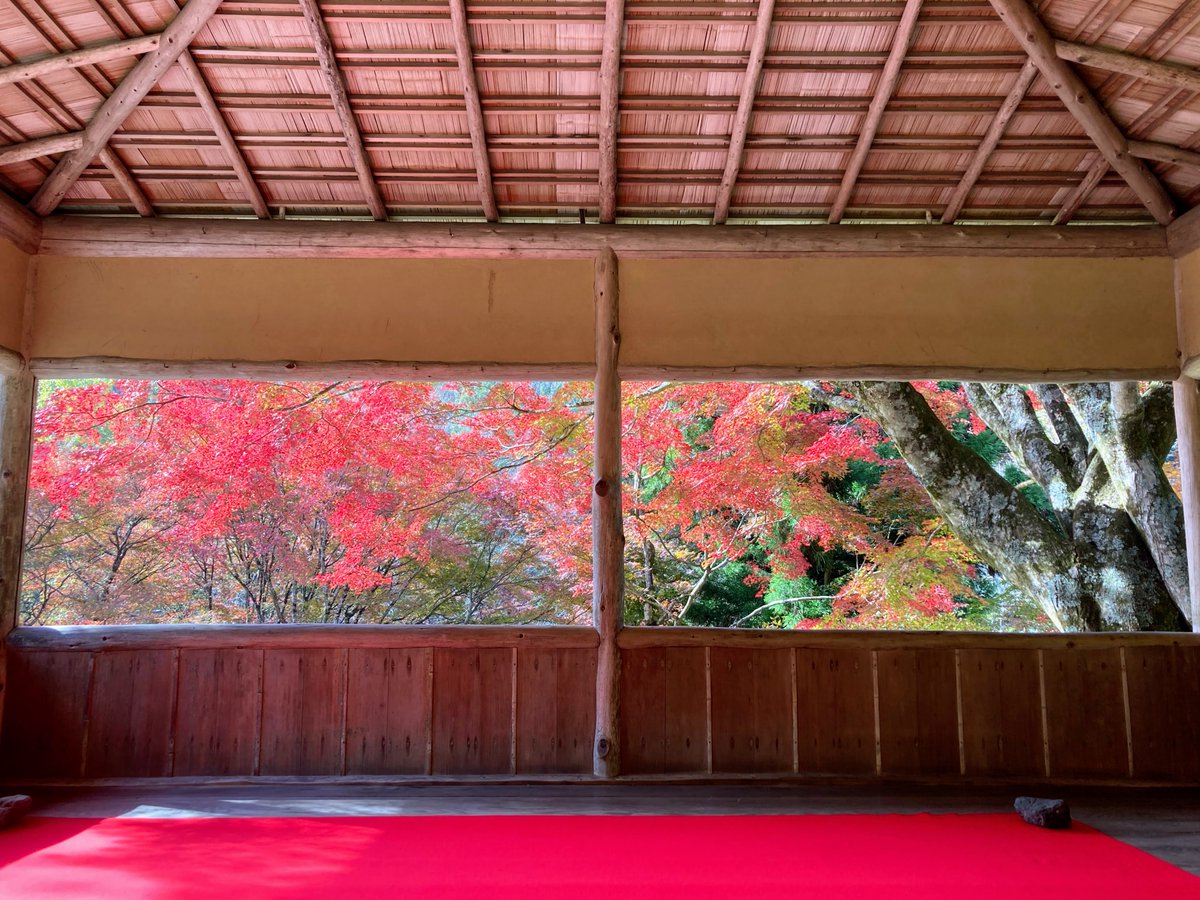



Fall colours arrive at a different time each year, but the Japan Meteorological Agency has a handy tracker...
🗾🍁➡️n-kishou.com/corp/news-cont…
It seems that ginkgo will be at their peak around November 23rd & maple leaves around December 2nd (a bit later than last year) in Kyōto.



🗾🍁➡️n-kishou.com/corp/news-cont…
It seems that ginkgo will be at their peak around November 23rd & maple leaves around December 2nd (a bit later than last year) in Kyōto.

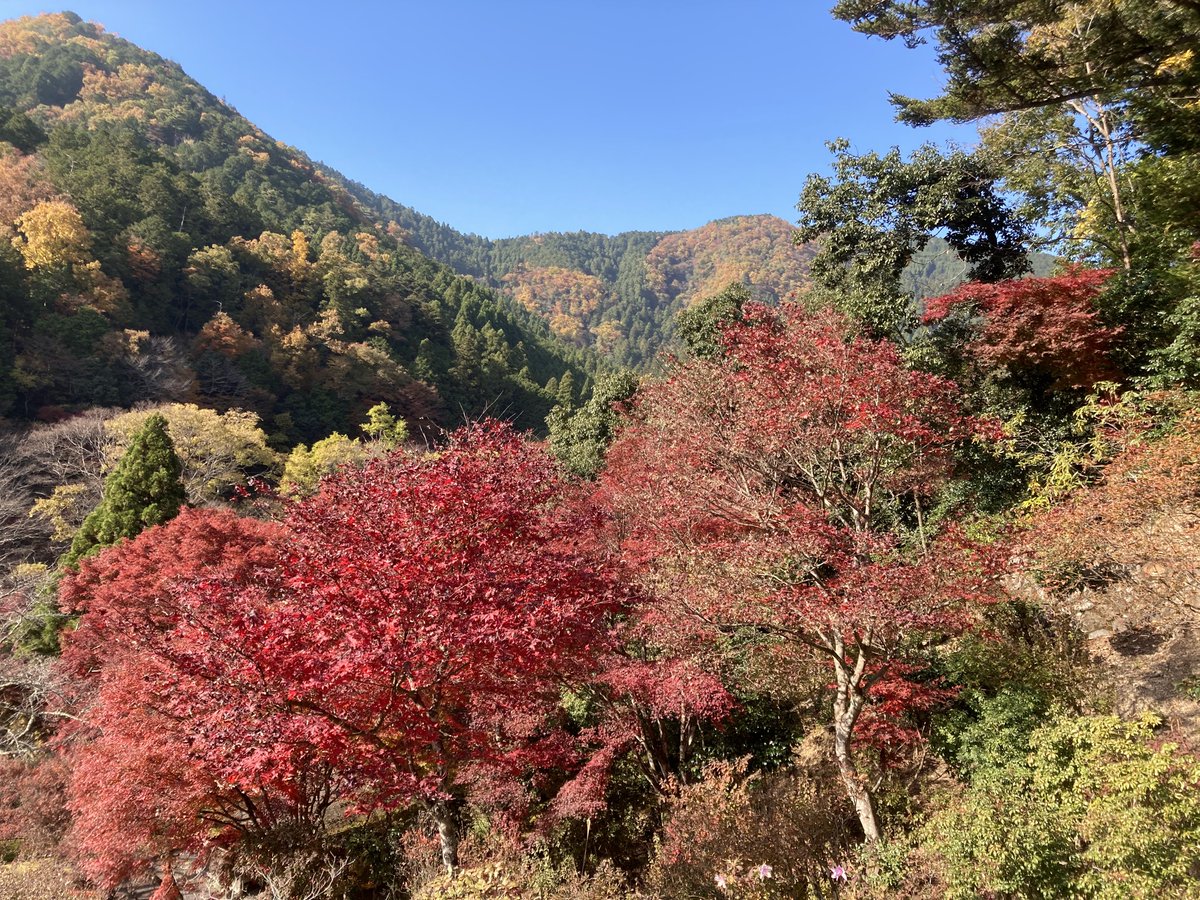

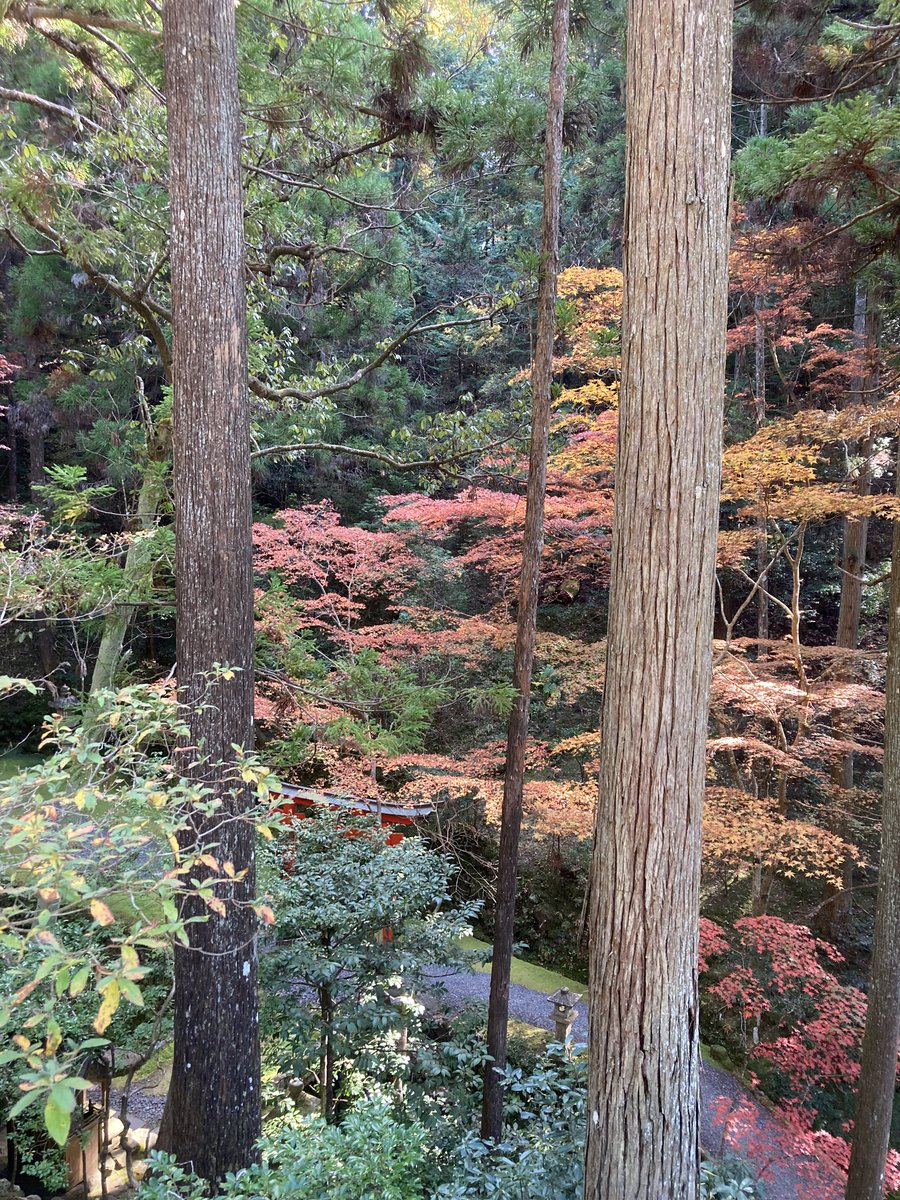
One annual event we eagerly await is Yūhisai Kōdō-kan's (有斐斎弘道館) competition to find the best 'kyōgashi' (京菓子 - traditional Kyōto-style confectionery) on a given theme...which this year is Sei Shōnagon's (清少納言 966-1025?) 'The Pillow Book' (枕草子 'Makura-no-sōshi'). 







Last year's work took inspiration from Yoshida Kenkō's (兼好 1283–1350) "Tsurezuregusa" (徒然草 "Essays in Idleness").
A selection of the sweets that made it to the final will be exhibited at Yūhisai Kōdō-kan (有斐斎弘道館) from November 1st-15th.
#kyogashi #京菓子 #Kyoto #京都



A selection of the sweets that made it to the final will be exhibited at Yūhisai Kōdō-kan (有斐斎弘道館) from November 1st-15th.
#kyogashi #京菓子 #Kyoto #京都




The great thing about the competition is that anyone can enter. All you have to do is submit a detailed idea.
There were 593 submissions this year. Judges choose around 40(ish) to be made into actual sweets, and from these 4 winners are selected (& a further 4 highly commended).



There were 593 submissions this year. Judges choose around 40(ish) to be made into actual sweets, and from these 4 winners are selected (& a further 4 highly commended).




Yūhisai Kōdō-kan (有斐斎弘道館) is named after an academic establishment founded by the Confucianist scholar Minagawa Kien (皆川淇園 1734-1807). A monument to the old 'university' was found in the grounds, indicating it likely stood here.
🖌️Yūhisai was one of Kien's pen names.



🖌️Yūhisai was one of Kien's pen names.
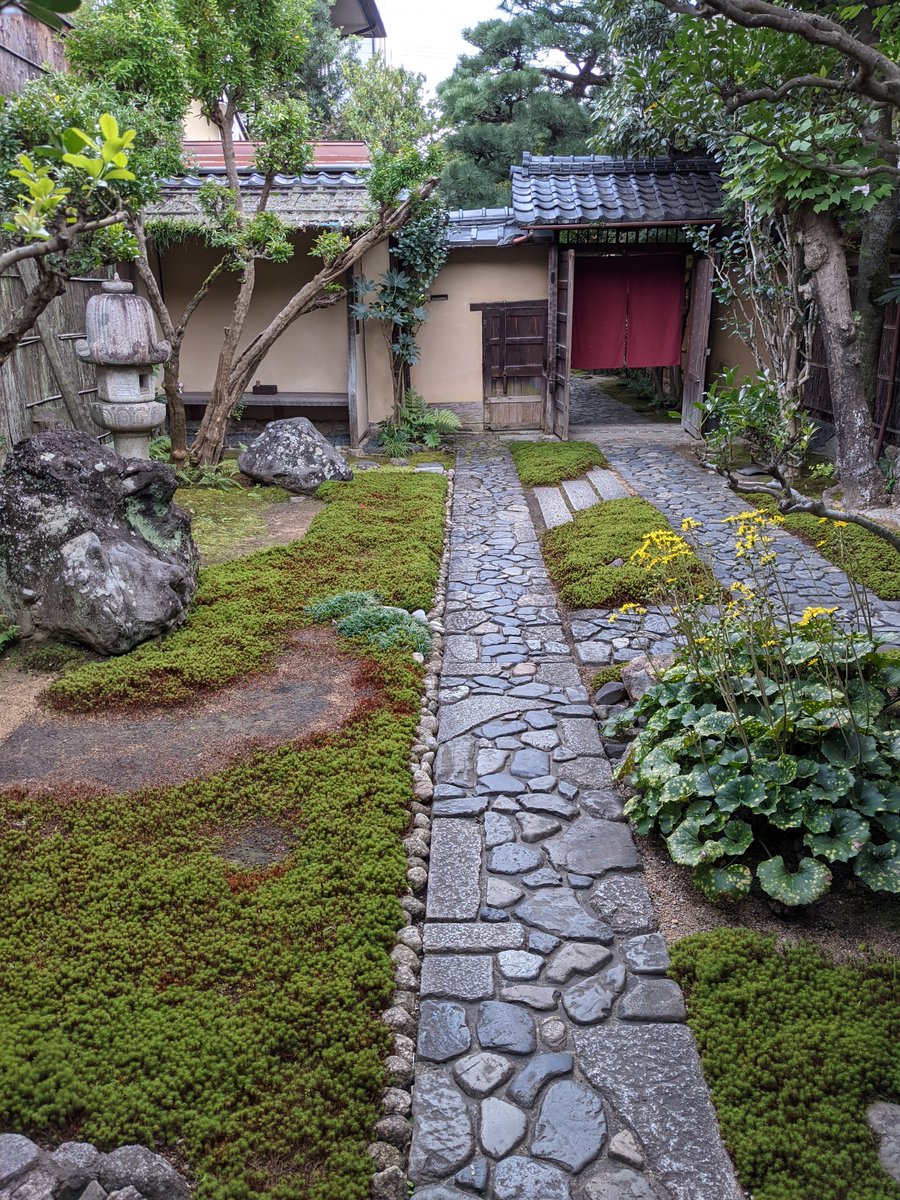
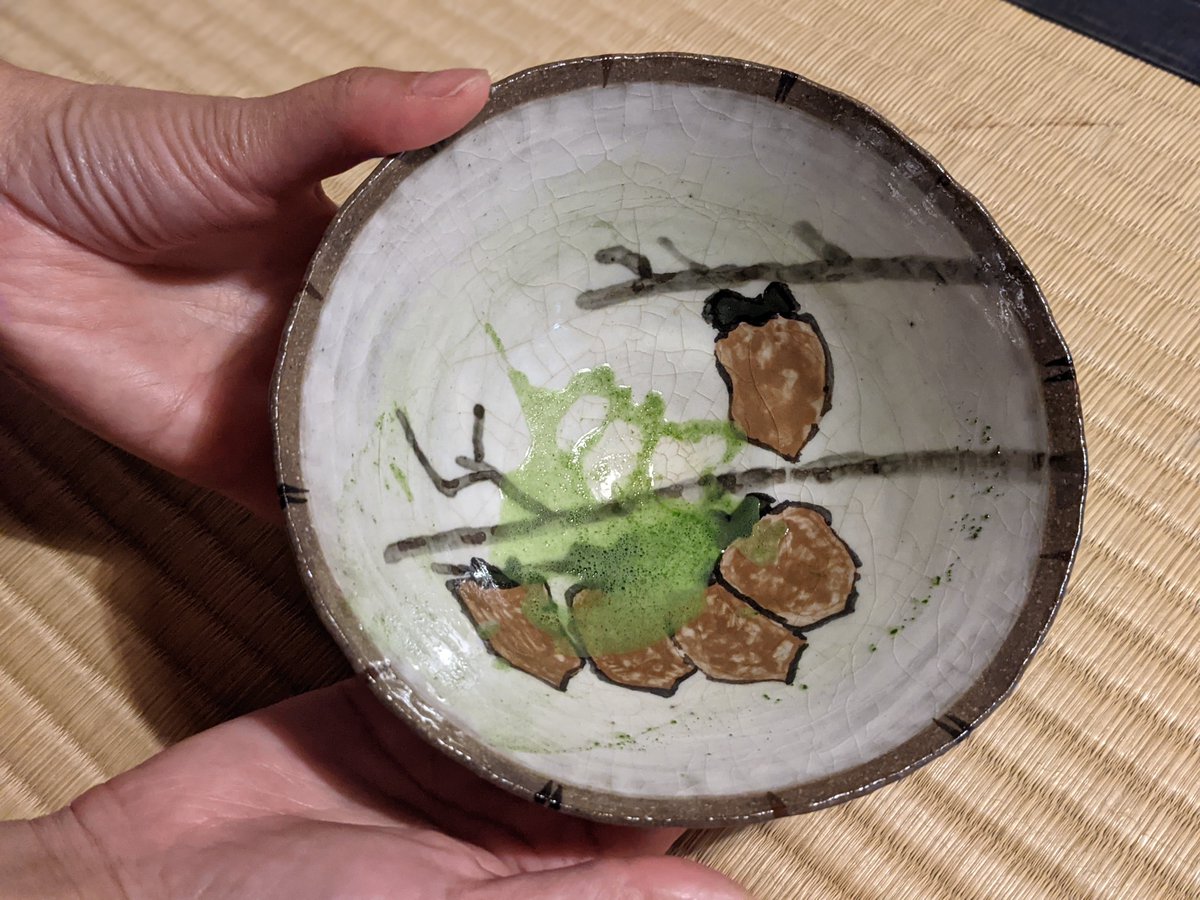

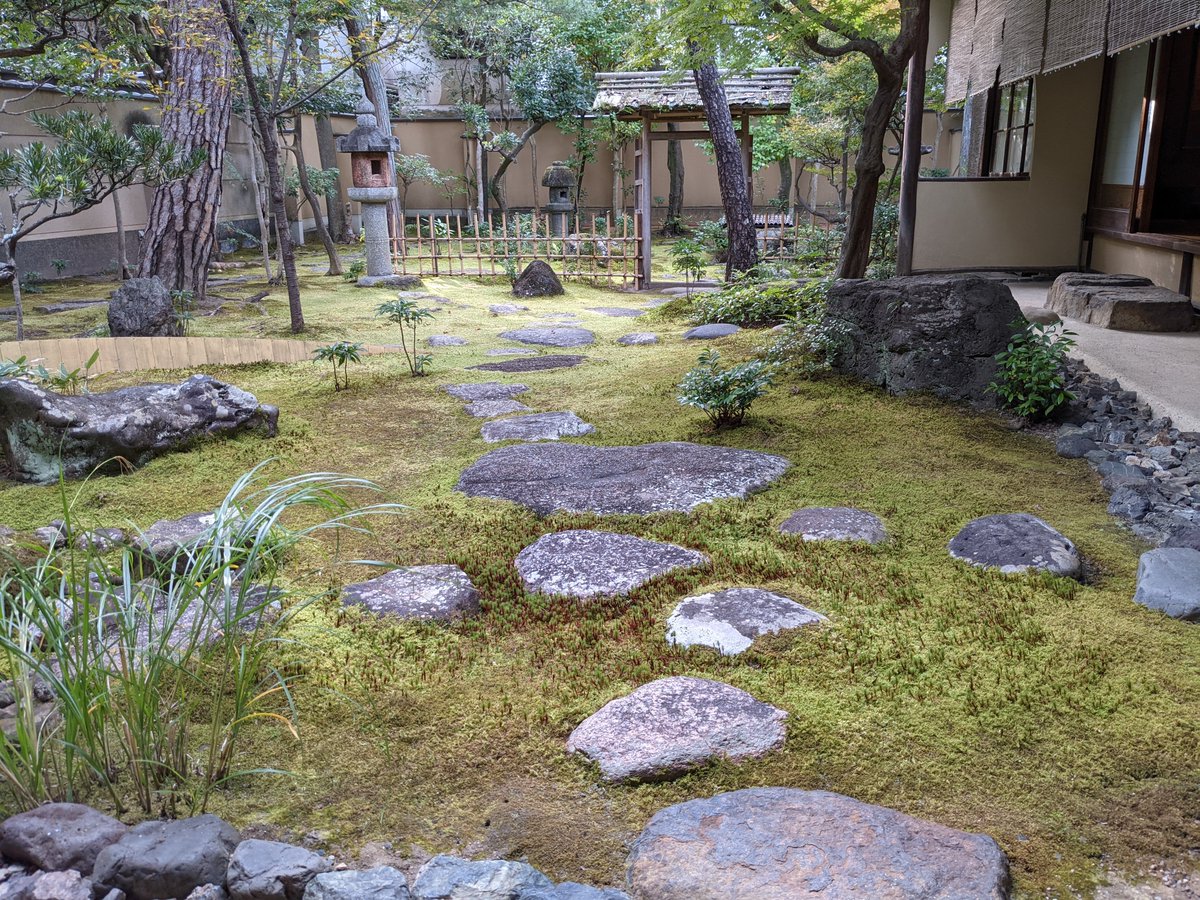
• • •
Missing some Tweet in this thread? You can try to
force a refresh



